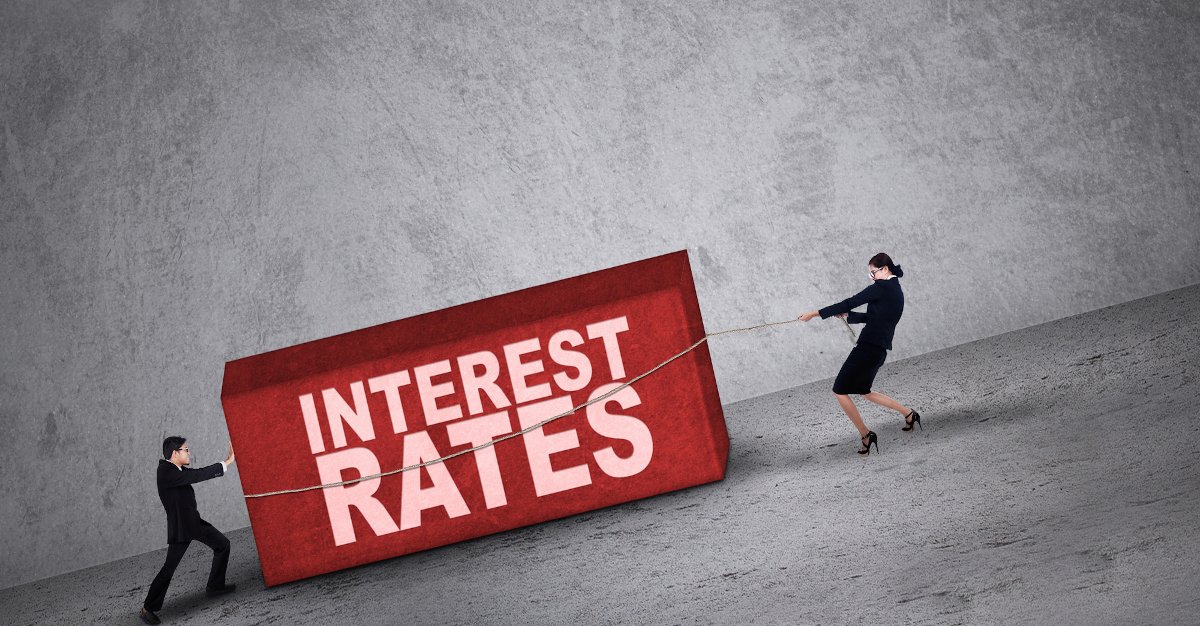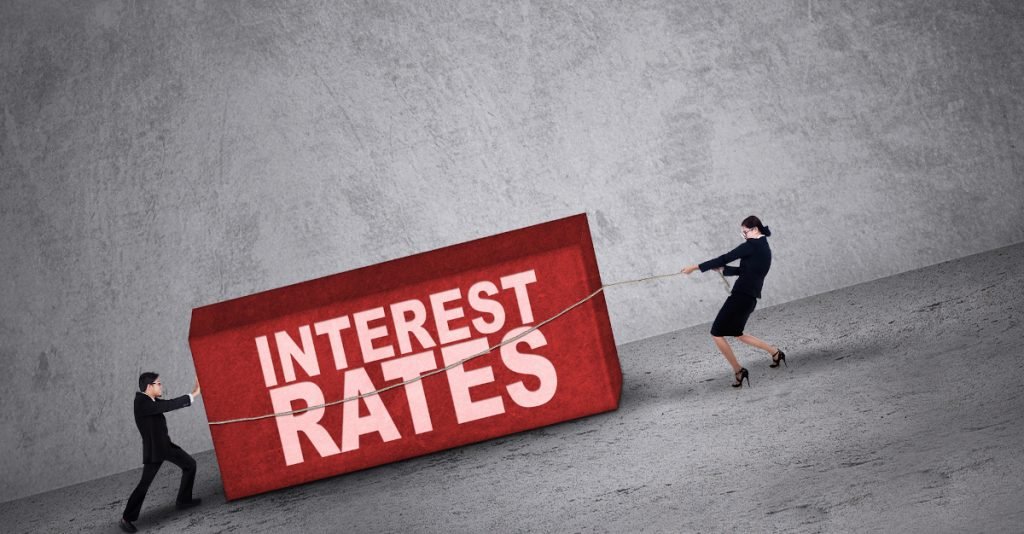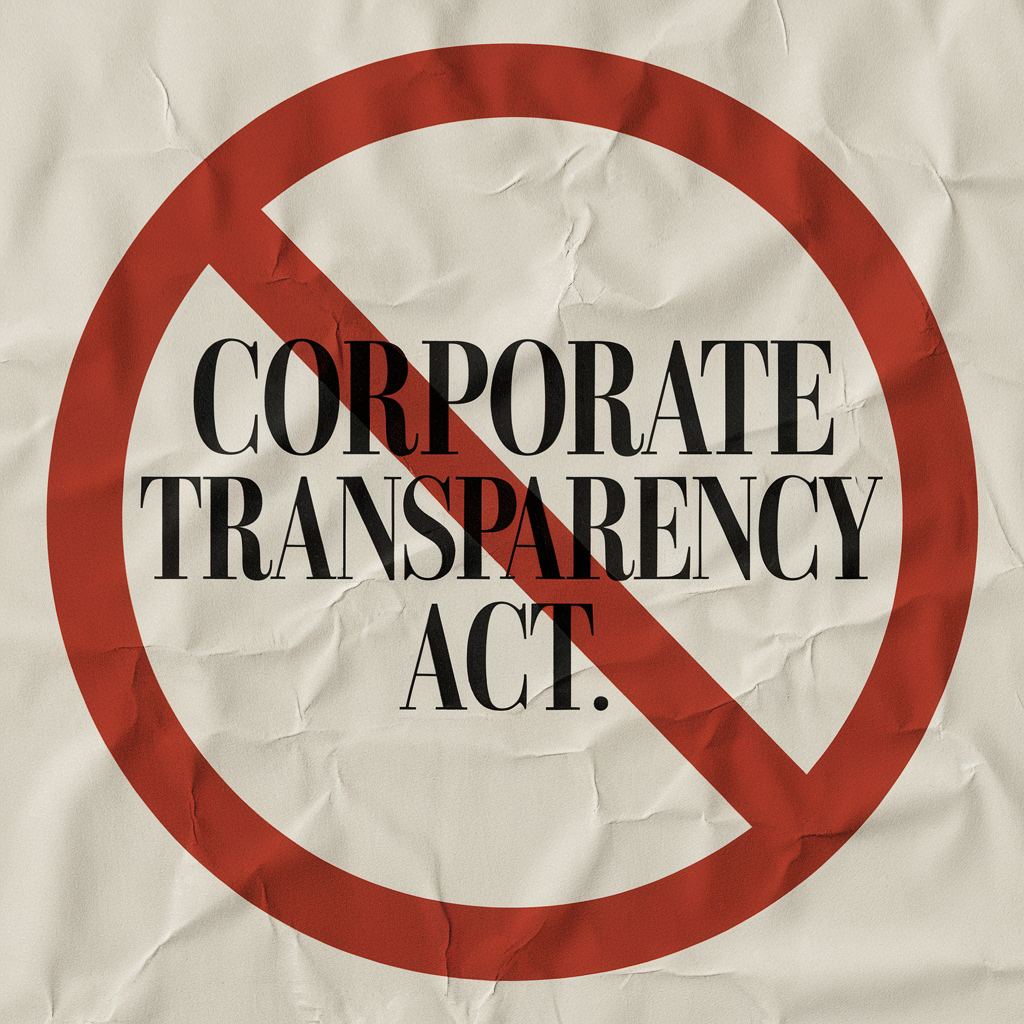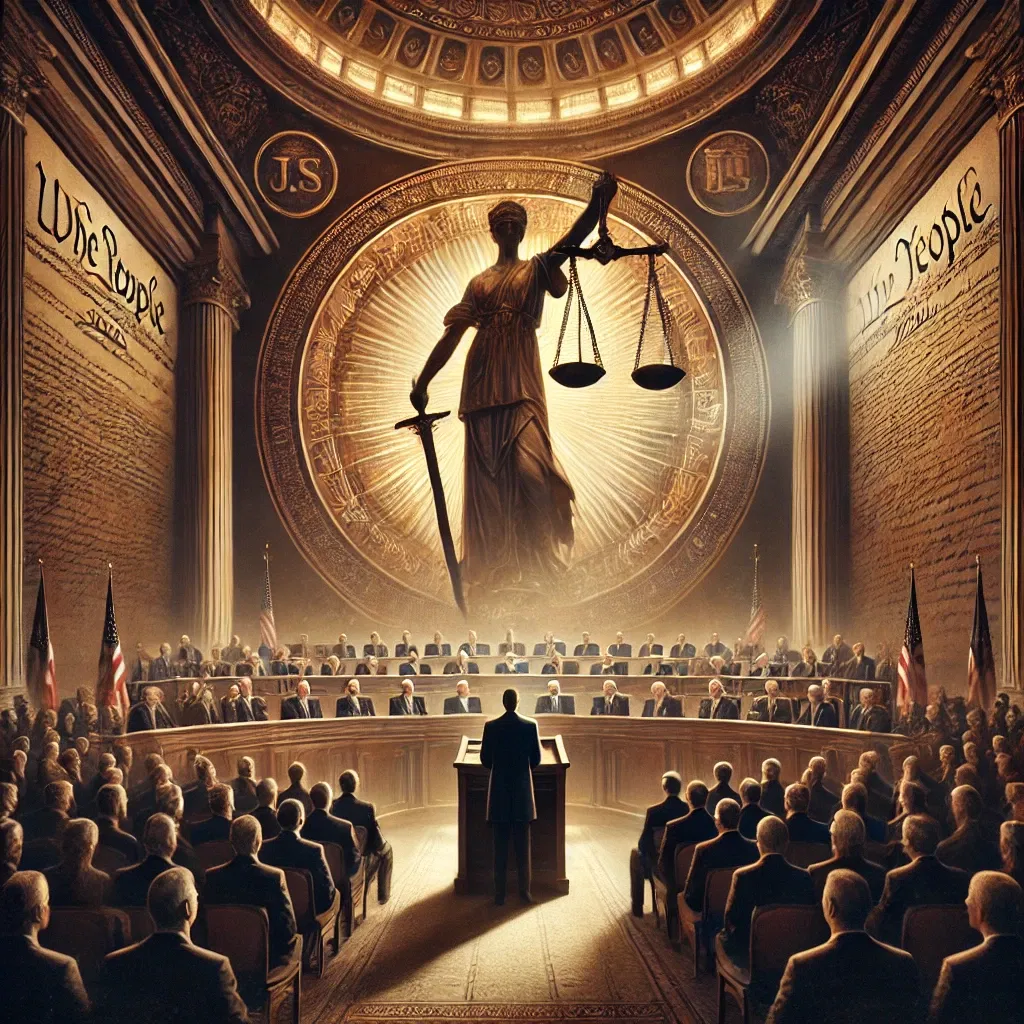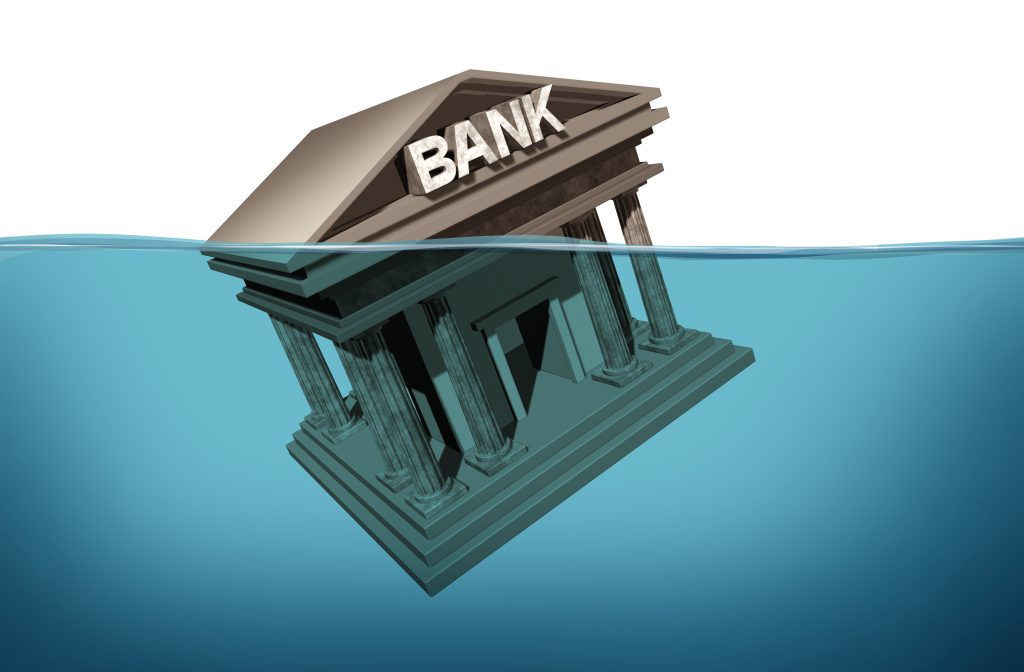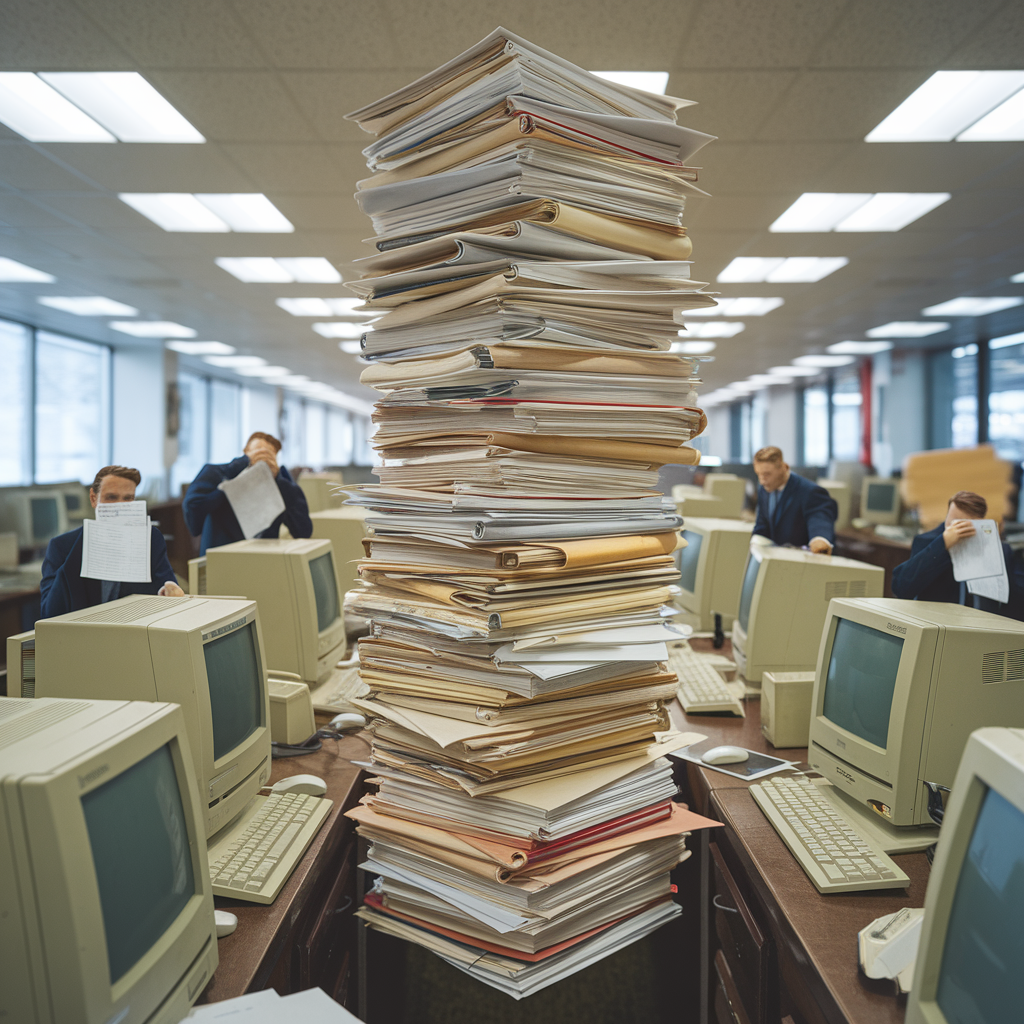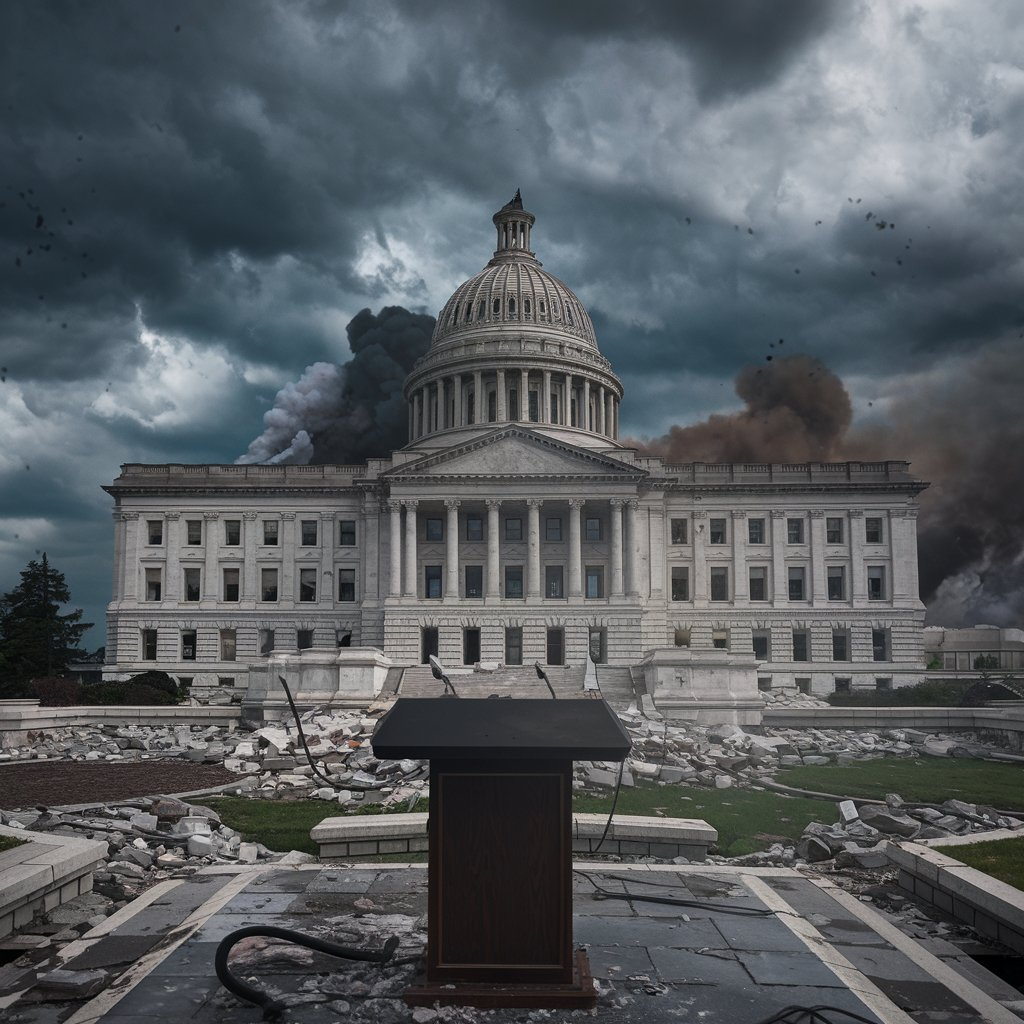It’s been nearly 11 years now that Ben Bernanke, who was then Chairman of the Federal Reserve, sat down for a rare TV interview with 60 Minutes back in late 2010.
As he sat across from journalist Scott Pelley, Bernanke appeared shaken, but not stirred; he was visibly nervous, but displayed the emotional detachment of a trauma surgeon.
He was especially detached– even dismissive– when addressing concerns about inflation; the Fed had nearly tripled the size of its balance sheet in late 2008, practically overnight, and slashed interest rates to zero.
And there were legitimate concerns that these actions would lead to significant inflation.
Bernanke rejected these concerns, telling Scott Pelley he has “100%” confidence in his ability to control inflation, and that “we can raise interest rates in 15 minutes if we have to. . .”
Ironically inflation actually did start to rise, literally weeks after that interview; by late summer 2011, in fact, inflation peaked at nearly 4%, though food and fuel prices raced much higher.
But the Fed did not raise interest rates. Instead they dismissed any inflation concern as “transitory”.
Now, this idea of the central bank’s almighty power has long been a cliché in financial markets; they’ve convinced investors, politicians, and citizens alike of their infinite resources to bend the economy to their will.
Well then… let’s see it.
More than a decade later, inflation is now running rampant at levels not seen in more than three decades. Shortages of goods, services, and labor abound. The supply chain is seizing up, and the economy is starting to break down.
Economic growth decelerated sharply from nearly 7% in Q2, to just 2% in Q3. The US economy is now flirting with stagflation.
What has the Fed done about it? Nothing. They’re dismissing inflation as transitory, just like they did in 2011.
If the Fed truly has the tools to fight inflation, then why haven’t they done so? Why haven’t they raised interest rates? After all, it’s been 15 minutes.
In fact inflation has been raging for nine months. Plus the trend has grown worse over time. It’s remarkable that the central bank acknowledges this, yet they have refused to take any action thus far.
Perhaps they’re not as powerful as they claim to be.
All we’ve seen up to this point is promises that they’ll eventually do something. It makes me wonder how high inflation needs to be before they spend that 15 minutes raising interest rates.
But the reality is that they really can’t do anything meaningful with rates.
So much of the US economy now depends on cheap money, i.e. 0% interest. Home prices are at record highs because interest rates are so low and people can afford to borrow more money.
Similarly, stock prices are at record highs because of low interest rates. Bond prices are near record highs.
The Fed may possibly have some ceremonial rate increase by one-quarter or one-half percent. But any meaningful rate increase so that interest rates were at historic averages (like 5%) would crash all of those markets.
More importantly, if the Fed were to fight inflation by simply returning interest rates to historic norms, the federal government would very quickly have to default on its debt.
Here’s why: more than HALF of the US sovereign debt will mature (i.e. it will need to be refinanced) within the next three years.
Right now the average interest rate on US debt is just 1.38%. And even with a rate so ridiculously, historically low, the Treasury Department still has to pay hundreds of billions of dollars a year just to make interest payments.
Now just imagine what would happen if interest rates were to rise in any meaningful way.
I’m not talking 18% interest rates from the 1980s. I’m saying 4%. 5%. Suddenly the annual interest bill rises to more than $1 TRILLION. Just to pay interest.
Suddenly those $3+ trillion spending plans, and $6+ trillion budget proposals, wouldn’t “cost nothing”. And it wouldn’t take very long for the government to be in a cash crisis, unable to make interest payments any longer.
The Federal Reserve knows this. They realize that if they raise interest rates to fight inflation, they risk bankrupting the Treasury and triggering the US government to default on its debt.
And because of this they’re far more likely to take a softer, slower approach to fighting inflation than the famous ‘fifteen minutes’ we were assured.
But they might not have a choice; again, central banks aren’t as powerful as they pretend to be. And nowhere is this more obvious right now than in Australia.
For months the Australian central bank (the RBA) has been holding one of its key policy rates to just 0.1%.
Inflation has been high in Australia as well. And last week financial markets pulled a Joe Biden and ‘lost their patience’.
Investors began selling their government bonds in huge quantities, which has the effect of increasing interest rates.
This forced the RBA to intervene– to print money, buy up all the excess bonds for sale, and hold interest rates down.
But by Friday, investors had dumped so many bonds that interest rates had risen 7.5x higher than the central bank’s target interest rate. So the RBA capitulated.
Bruised and humiliated, this morning the RBA announced that they were abandoning their 0.1% interest rate target because “it was no longer sustainable to maintain. . .”
In other words, the all-knowing, all-powerful central bank had completely lost control.
And this is a truly interesting predicament.
Politicians continue engaging in economically cannibalistic behavior. In the midst of a massive labor shortage, they’re forcing certain people to be fired due to their vaccine status.
They’re raising taxes, and passing anti-competitive regulations and public health policies that make it more difficult to run a businesses or invest in productivity.
Given that competition is one of the key free market elements that keeps inflation in check, these ideas are only going to make inflation worse.
They’re on a massive spending spree, vocally advocating for multi-trillion dollar deficits and entitlement programs that discourage labor efficiency and business formation.
All of these bad ideas helped create the current supply chain dysfunction. Inflation. Labor shortages.
And now we see signs that central banks, which are supposed to keep all of these economic risks in check, are quickly losing control.
Perhaps it’s time to think about a Plan B.
